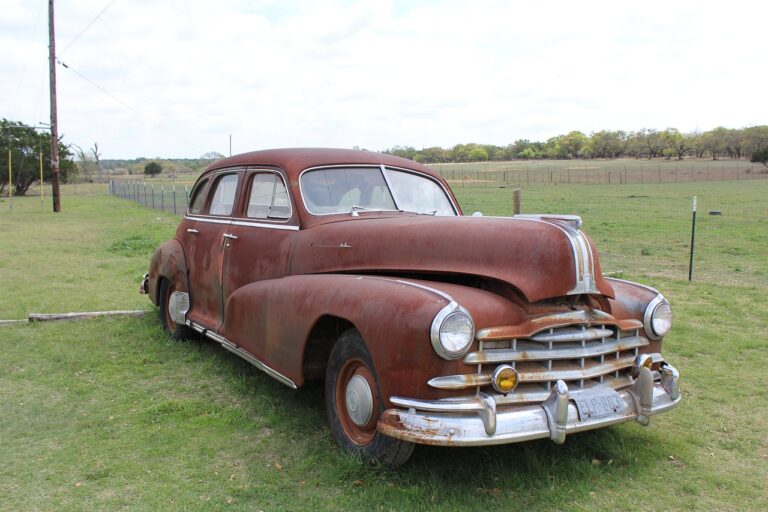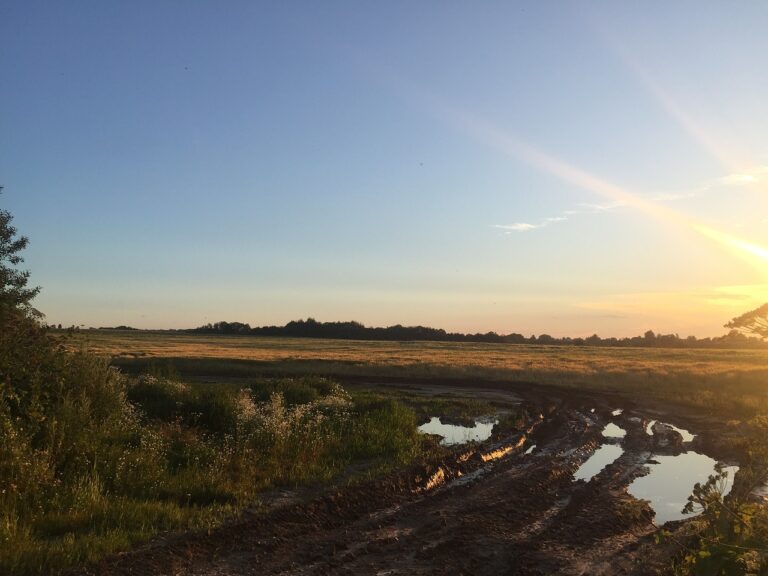Sustainable transportation options for exploring archaeological sites
Exploring archaeological sites is a fascinating endeavor that allows us to uncover the mysteries of the past and gain insights into ancient civilizations. However, it is essential to consider the environmental impact of our journeys to these sites. Sustainable transportation options offer a way to minimize our carbon footprint while enjoying the wonders of history. In this article, we will explore various eco-friendly ways to travel to archaeological sites and delve into the benefits of sustainable transportation.
Benefits of Sustainable Transportation
Sustainable transportation is not only good for the environment but also offers numerous other benefits. Some of the advantages of choosing eco-friendly transport options include:
- Reduced carbon emissions: Sustainable transportation methods produce fewer greenhouse gases, helping to mitigate climate change.
- Promotion of local economies: By using public transportation or biking to archaeological sites, you can support local businesses and communities.
- Improved air quality: Sustainable transportation reduces air pollution, leading to better respiratory health for both locals and tourists.
- Enhanced cultural experiences: Walking or biking through a city or countryside allows travelers to immerse themselves in the local culture and connect with the environment.
Types of Sustainable Transportation
There are several eco-friendly transportation options available for exploring archaeological sites. Some of the most popular choices include:
1. Public Transportation
Using buses, trains, or trams to reach archaeological sites is a sustainable and convenient way to travel. Public transportation not only reduces individual carbon emissions but also helps alleviate traffic congestion and parking issues at heritage sites. Many cities offer eco-friendly public transport services, so be sure to check local schedules and routes before your visit.
2. Cycling
For those looking for a more active and environmentally friendly way to explore archaeological sites, cycling is an excellent option. Many destinations provide bike rental services or designated cycling paths to help visitors navigate historical sites while enjoying the fresh air and scenic views. Cycling also promotes physical activity and allows travelers to cover more ground than by walking alone.
3. Walking Tours
Walking tours offer a slower-paced and immersive experience for travelers interested in exploring archaeological sites on foot. Guided tours led by local experts provide valuable historical and cultural insights, making the journey more educational and enriching. Walking tours also allow visitors to appreciate the beauty of nature and architecture at a leisurely pace.
4. Electric Vehicles
Electric vehicles (EVs) are becoming increasingly popular as a sustainable transportation option for eco-conscious travelers. EVs produce zero tailpipe emissions, making them a cleaner alternative to traditional gasoline-powered cars. Many archaeological sites now offer EV charging stations to accommodate electric vehicle users, making it easier for visitors to explore historical landmarks in an environmentally friendly manner.
FAQs
Q: Are there any restrictions on using bicycles at archaeological sites?
A: Some archaeological sites may have specific rules regarding biking on the premises. It is advisable to check with site management or visitor information centers for any regulations or restrictions on cycling within the area.
Q: Is public transportation easily accessible to most archaeological sites?
A: Many archaeological sites are located near public transportation hubs or have bus routes that stop nearby. Research the public transport options available near your desired destination to plan your sustainable journey effectively.
Q: Can I combine different sustainable transportation methods for my visit to archaeological sites?
A: Yes, you can mix and match various eco-friendly transportation options to enhance your travel experience. For example, you can take a bus to the entry point of an archaeological site and then explore the area on foot or by bike. Be creative in combining different modes of transport to minimize your environmental impact and maximize your enjoyment.
By choosing sustainable transportation options for exploring archaeological sites, you can contribute to the preservation of our cultural heritage and protect the environment for future generations. Embrace eco-friendly travel practices to enhance your archaeological adventures and create lasting memories while minimizing your carbon footprint.







